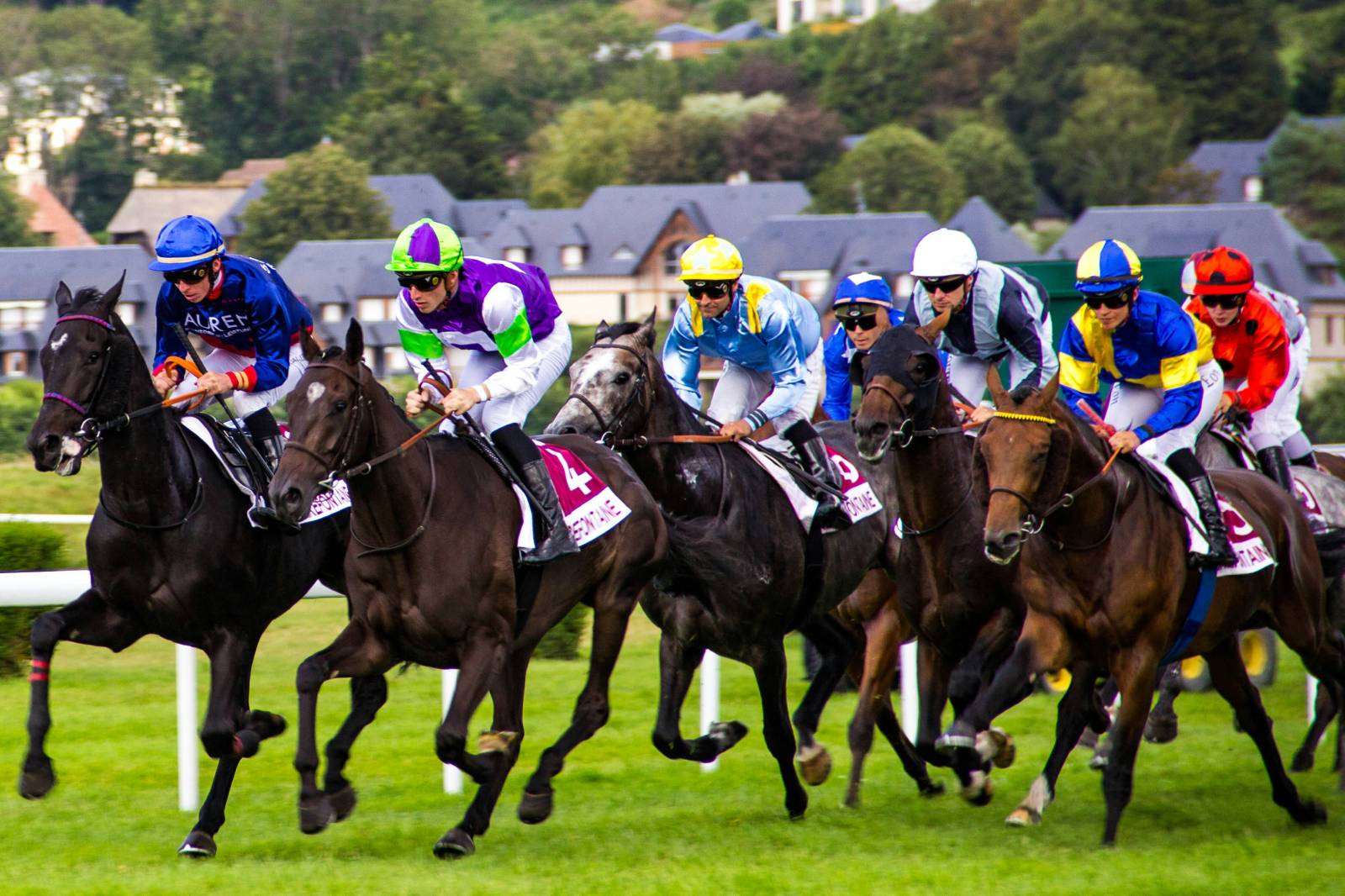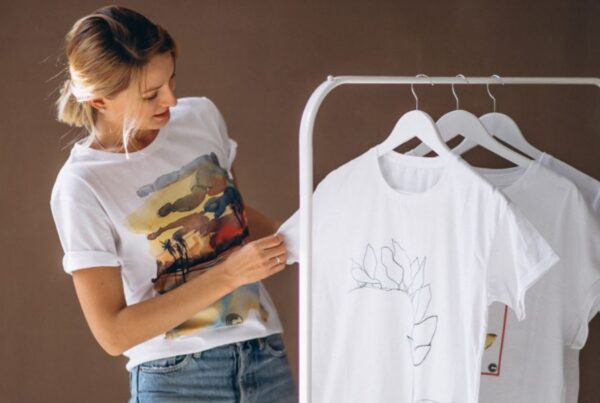Horse racing is one of the most followed sports across the world, but newcomers to the action can often find themselves drawn into unlikely methods to help find a winner of one of the most prestigious races. A popular method among many newcomers is to wager on the horse based on their name or colours that they are sporting.
However, this isn’t the best method when it comes to finding a potential winner, as studying the form is the preferred option among many experienced bettors. Racing colours come in different shades and styles across the world, but what do the different colours mean and what is the key reason for their use in horse racing?
Table of Contents
Why Are Racing Colours Important?
To understand the significance of the racing colours that are worn by jockeys, it’s first important to understand why they are used. Simply put, the colours wore by a jockey indicate the owner that the horse is representing.
There are a number of famous silks worn by some of the best horses in training, which means that these are typically among the most successful when it comes to the defining images of the sport.
Early History
The earliest traces of colours being worn by jockeys in horse racing can be traced back to medieval times when jousts between knights saw the horse riders sporting different colours for casual viewers to determine the two involved. However, racing silks were used for the first time in Italy during city racing. The most popular colours during this period were yellow, gold, and purple, with the shades able to ensure that viewers could separate the runners in the race.
Racing silks were first mentioned in horse racing in the United Kingdom in 1515, with these used to help differentiate the runners from an owner. It wasn’t until the 1700s that the silks became formalised by the Jockey Club during the reign of King James.
This was written into racing laws in the country in 1762, with jockeys made to wear the colours of the owner that they were representing. Before 2017, the laws meant that potential owners could only pick between 18 standard colours, but there are more now allowed following the progression made within the sport.
So, besides learning how to place a bet on the Kentucky Derby, here is some important info about horse racing jockeys and how colours are decided.
Who Decides The Colour?
The colour that the jockey will wear is determined by the owner that the runner is representing. When a decision is made to purchase a racehorse, one of the first steps that must be completed by connections is deciding on the colours that their horses will sport.
This decision is taken very seriously by connections, as it is something that can’t be changed easily in sport across the world. It is also a flag ship decision, as it will be the colours worn by all horses under the same ownership umbrella.
Silk Designs
Designs when it comes to racing silks enable connections to be very creative, with the most typical designs using bends, chevrons, and fess. There are also the opportunities to add further designs on the silks, with cross belts, checks, and spots also commonly found across the world within the sport.
One of the biggest changes in the sport throughout recent history is the fact that the silks must now be identical on the front and back. This was traditionally not the case, with the vast majority of silks taking in a design on the front, with the back of the silks often typically left blank.
Connections are able to select from the vast majority of colours, with the only exception to the rule being the inability to select dark navy. The big reason for this is down to the fact that it looks very similar to black from a distance. Each jersey can have up to two colours on the body, with a further two colours enabled on the sleeves. Therefore, connections can have up to four different colours on their silks.
Famous Horse Racing Colours
Godolphin
One of the most famous silks that are seen around the entire world is the royal blue that is used to represent the Godolphin operation. The owners have runners across the planet throughout the season, with headquarters found in Dubai, Newmarket, and the United States.
There have been no shortage of famous Godolphin runners throughout history, including Epsom Derby winners such as Masar, and Adayar. One of the most famous American Godolphin runners is Cody’s Wish, who landed back-to-back victories in the Breeders’ Cup Dirt Mile.
Coolmore
International success has also followed Coolmore throughout history, with the iconic silks housing their racing operation. The stud has played host to some of the most notable champion sires throughout history, including Galileo, Sadler’s Wells, and Danehill. There are four strings to the operation, with much of the Coolmore success coming out of Ireland for trainer Aidan O’Brien.
Other locations can be found at Ashford Stud in the U.S., Australia, and the operation has also achieved success in the National Hunt game. A number of legendary horses have sported either the royal blue striped sleeves with orange, or the dark purple striped silks throughout history, with major race victories having been achieved in the Epsom Derby, Gold Cup, and Prix de l’Arc de Triomphe.
Royal Family
There are few more historic colours that can be worn by a jockey in the world than that of the Royal Family. These colours will see jockeys compete in purple and gold braid, with a black velvet cap. The silks have been worn by jockeys competing for the Royal Family for generations, with Queen Elizabeth II taking a hands on approach with the sport after breeding runners that competed on the track.
There are over 100 royal runners in training, with the vast majority trained by either Andrew Balding, Sir Michael Stoute, or William Haggas. The most famous royal winner in history was Estimate, who landed victory in the Sagaro Stakes and Gold Cup. Dunfermline was another famous royal runner after landing victories in the St Leger Stakes and Epsom Oaks in 1977.










